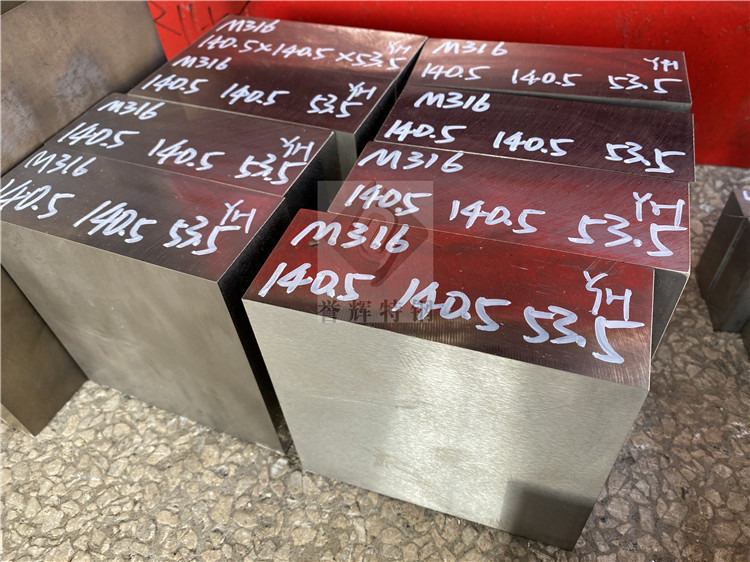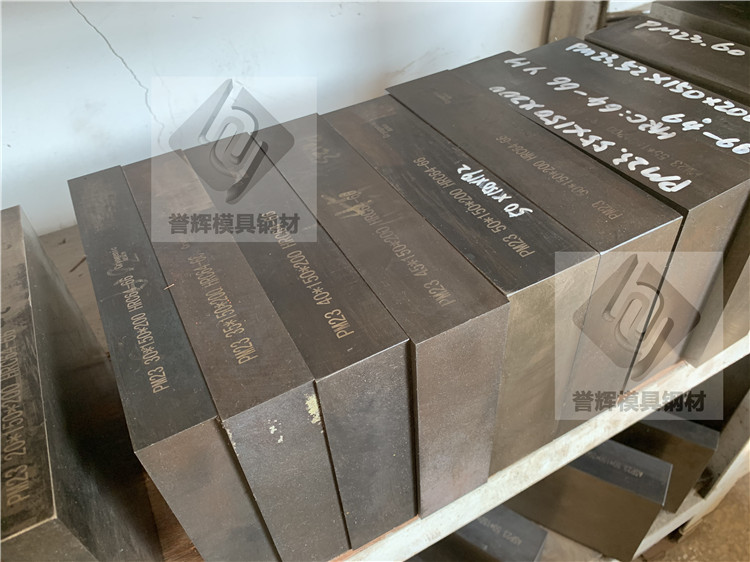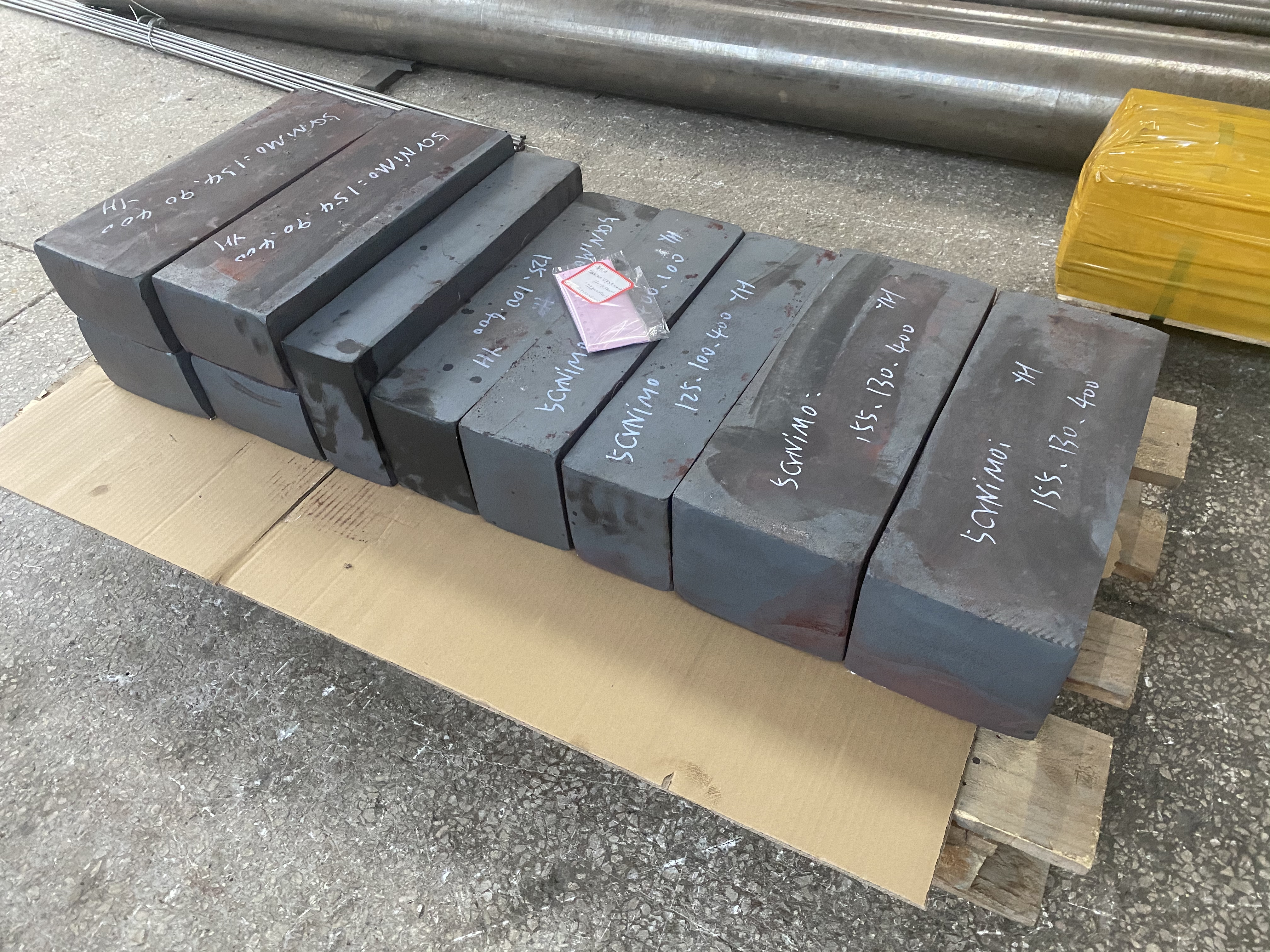MOULD STEEL COMPOSITION
Mould steel is a type of steel that is specifically designed for use in the manufacturing of moulds or dies. It is known for its high hardness, wear resistance, and toughness, which are essential properties for withstanding the high pressures and temperatures involved in the moulding process. The composition of mould steel plays a crucial role in determining its performance and suitability for different applications. In this article, we will discuss the composition of MOULD STEEL in detail.
1. Carbon (C): Carbon is the most important element in mould steel as it determines the hardness and strength of the steel. The carbon content in mould steel typically ranges from 0.30% to 1.50%. Higher carbon content results in higher hardness and strength, but it also reduces the toughness and ductility of the steel. Therefore, the carbon content is carefully controlled to achieve a balance between hardness and toughness.
2. Chromium (Cr): Chromium is added to mould steel to improve its hardenability, wear resistance, and corrosion resistance. It forms carbides with carbon, which increases the hardness and wear resistance of the steel. The chromium content in mould steel is usually between 0.50% and 5.00%.
3. Molybdenum (Mo): Molybdenum is another important alloying element in mould steel. It enhances the hardenability, strength, and toughness of the steel. Molybdenum also improves the resistance to thermal fatigue and thermal shock. The molybdenum content in mould steel is typically between 0.20% and 1.00%.
4. Vanadium (V): Vanadium is added to mould steel to improve its hardenability, wear resistance, and toughness. It forms carbides with carbon, which increases the hardness and wear resistance of the steel. The vanadium content in mould steel is usually between 0.10% and 1.00%.
5. Nickel (Ni): Nickel is added to mould steel to improve its toughness, impact resistance, and corrosion resistance. It also enhances the hardenability of the steel. The nickel content in mould steel is typically between 0.10% and 3.00%.
6. Manganese (Mn): Manganese is added to mould steel to improve its hardenability and toughness. It also helps in deoxidizing the steel and improving its machinability. The manganese content in mould steel is usually between 0.20% and 2.00%.
7. Silicon (Si): Silicon is added to mould steel to improve its strength, hardness, and wear resistance. It also helps in deoxidizing the steel and improving its machinability. The silicon content in mould steel is typically between 0.10% and 2.00%.
8. Tungsten (W): Tungsten is added to mould steel to improve its hardenability, wear resistance, and toughness. It forms carbides with carbon, which increases the hardness and wear resistance of the steel. The tungsten content in mould steel is usually between 0.10% and 3.00%.
9. Copper (Cu): Copper is added to mould steel to improve its corrosion resistance and thermal conductivity. It also enhances the hardenability of the steel. The copper content in mould steel is typically between 0.10% and 2.00%.
10. Phosphorus (P) and Sulfur (S): Phosphorus and sulfur are impurities in steel that are usually kept as low as possible. They can have a detrimental effect on the mechanical properties of the steel, such as reducing its toughness and ductility.
In conclusion, the composition of mould steel is carefully designed to achieve a balance between hardness, toughness, wear resistance, and other desired properties. The carbon content determines the hardness and strength of the steel, while alloying elements like chromium, molybdenum, vanadium, nickel, manganese, silicon, tungsten, and copper are added to enhance specific properties. Impurities like phosphorus and sulfur are kept as low as possible to maintain the desired mechanical properties.



